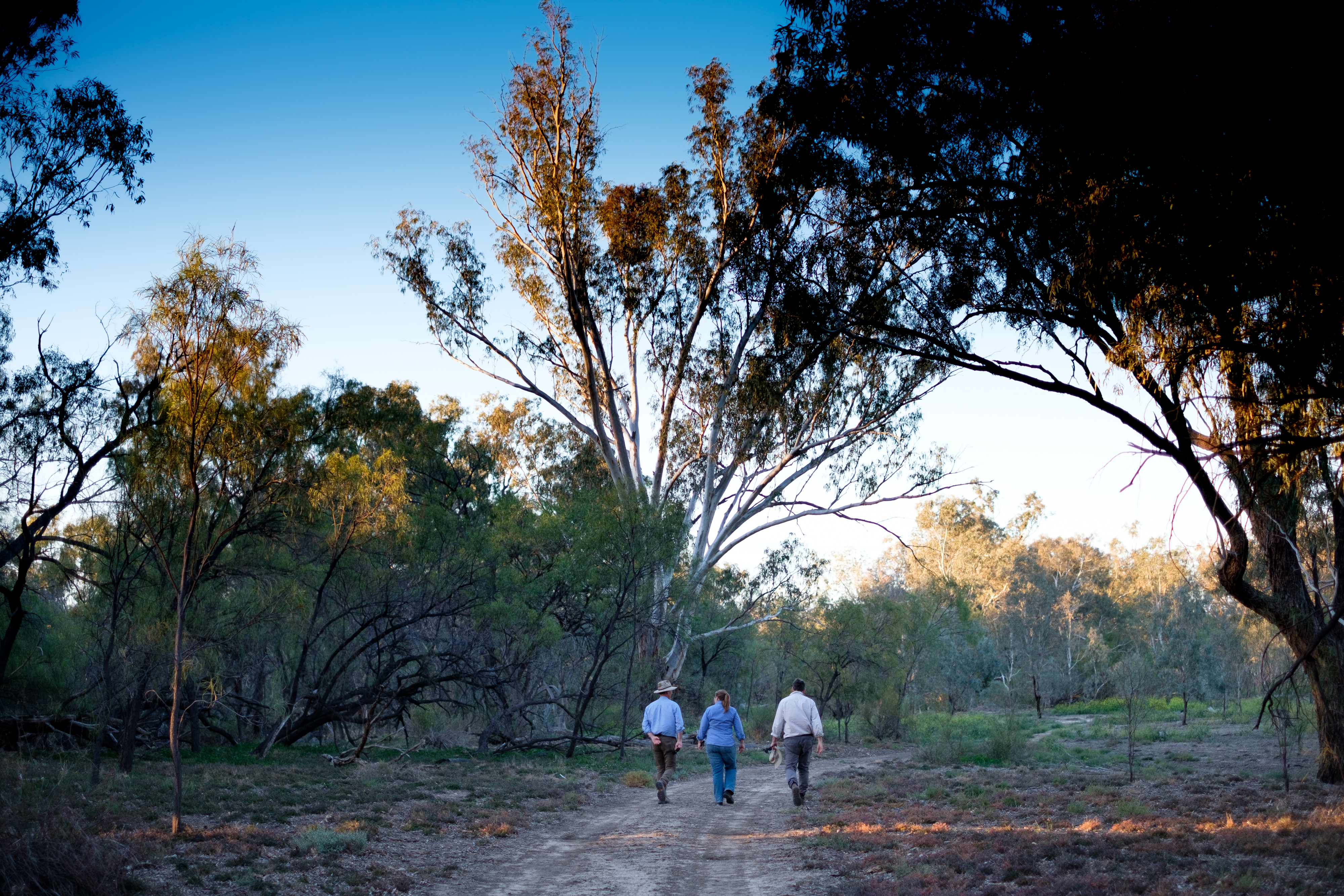The BCT can enter bespoke co-investment partnerships with landholders and one or more co-investors to invest in large-scale high-conservation-value ecosystems on private land.
The BCT is seeking philanthropic partners, landholders and other co-investors to identify high priority conservation properties, to compile a mutually beneficial capital stack and to achieve permanent private land conservation at scale.
Applications under the current co-investment model are now closed. A revised model will be relaunched soon. To stay informed, email [email protected].
